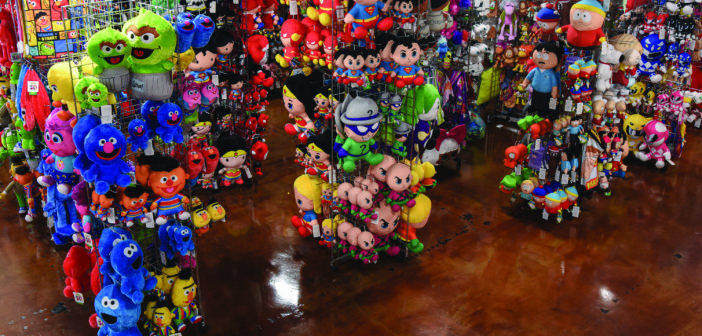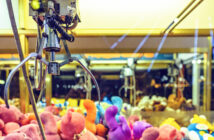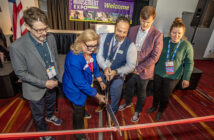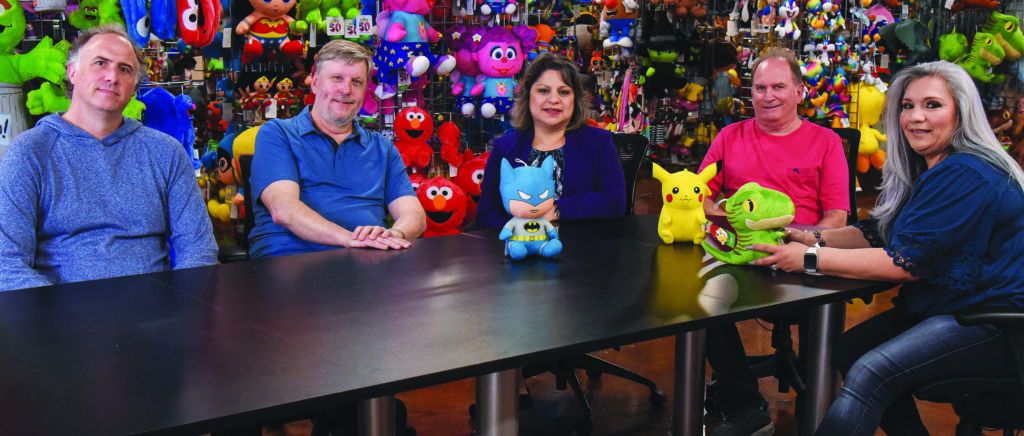
Toy Factory staff (from left to right): Creative Director Charles Howell, President Mark Gawlik, Accounting Director Jo Ann Vela, Vice President Sid Karmia and Customer Operations Director Sandra Marquez.
Toy Factory – Still Building Fun!
Company Keeps Its Eye on Prizes Players Want to Win
While Striving to Meet the Needs of a Price-Conscious Industry
In a world with so much uncertainty, one constant that remains is Toy Factory’s commitment to continue doing what they love the most – building fun. The company says its passion for delivering a high-quality, unique product is what keeps inspiring its team, regardless of the challenging market environment.
Founded in 1999, owners Mark Gawlik and Sid Karmia set out to create a company that offered competitive generic plush with a primary focus on the carnival and crane machine business. It wasn’t long before they saw more opportunities to grow in the amusement market and began serving FECs and theme parks across the country.
After experiencing a few years of steady growth, they were ready to take the company to another level by introducing licensed merchandise to their product line.
“Some of the first licenses we signed were Babe the Pig and Felix The Cat,” said Mark Gawlik, Toy Factory’s president and CEO. “They were small licenses, but it gave us a foot in the door with the studios and an opportunity to demonstrate our capability to design, produce and market licensed brands. They were stepping stones that led to larger, mainstream brands based on the track record we established with these early brands.”
Almost 23 years later, the company has evolved into an industry leader in licensed plush, boasting some of the most recognizable brands in the world, including iconic brands such as Pokémon, Sonic, Jurassic World, DC Comics, Sesame Street, Barbie, My Little Pony, Minecraft and many others.
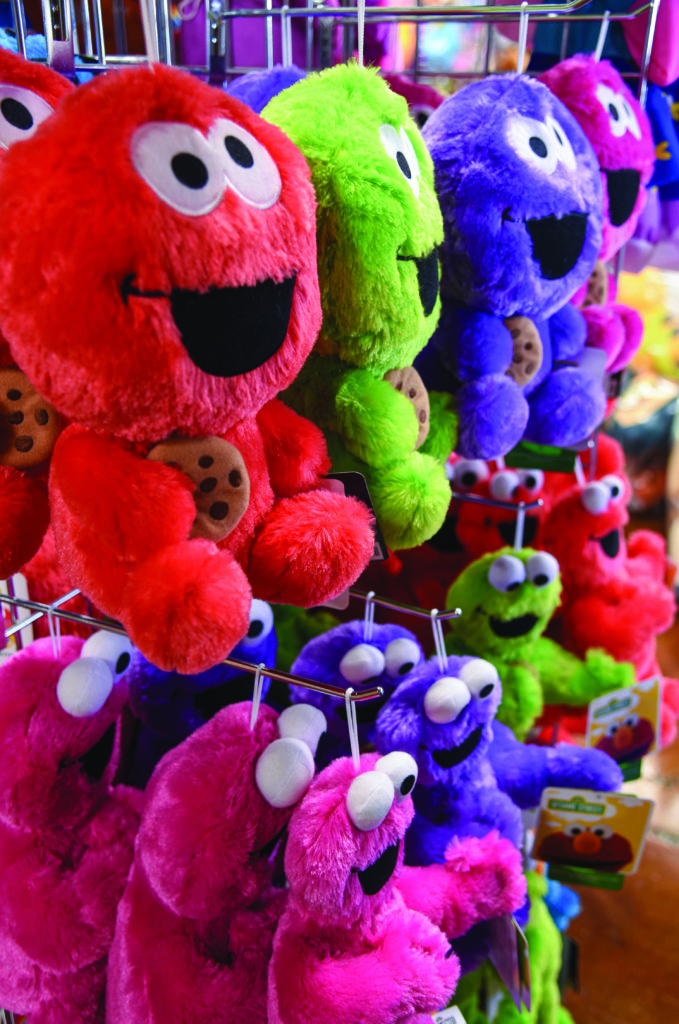 But acquiring new properties isn’t always the most challenging part of being in the licensing business. Their main goal is always to develop a toy that appeals to consumers at a cost the price-sensitive amusement industry can afford. That’s where Toy Factory’s product development team comes into play. That department consists of several individuals in their U.S. office and a design team in their Nanjing, China, office that works directly with the factories each day. The team consists of artists, pattern makers, sewers and prototype designers.
But acquiring new properties isn’t always the most challenging part of being in the licensing business. Their main goal is always to develop a toy that appeals to consumers at a cost the price-sensitive amusement industry can afford. That’s where Toy Factory’s product development team comes into play. That department consists of several individuals in their U.S. office and a design team in their Nanjing, China, office that works directly with the factories each day. The team consists of artists, pattern makers, sewers and prototype designers.
“Concepts always start with a little artwork and a lot of imagination,” Gawlik said. “From concept to product approval can take anywhere between three months to a year. Many designs must be refined several times to gain licensing approval. It’s a long process but it’s crucial in achieving our goal of delivering a product we’re proud of.”
Recognizing the lead times involved, Toy Factory begins the design stage almost immediately upon signing a new license. “It’s particularly important to get an early start when we sign movie brands as we never want to be late on delivery,” Gawlik added.
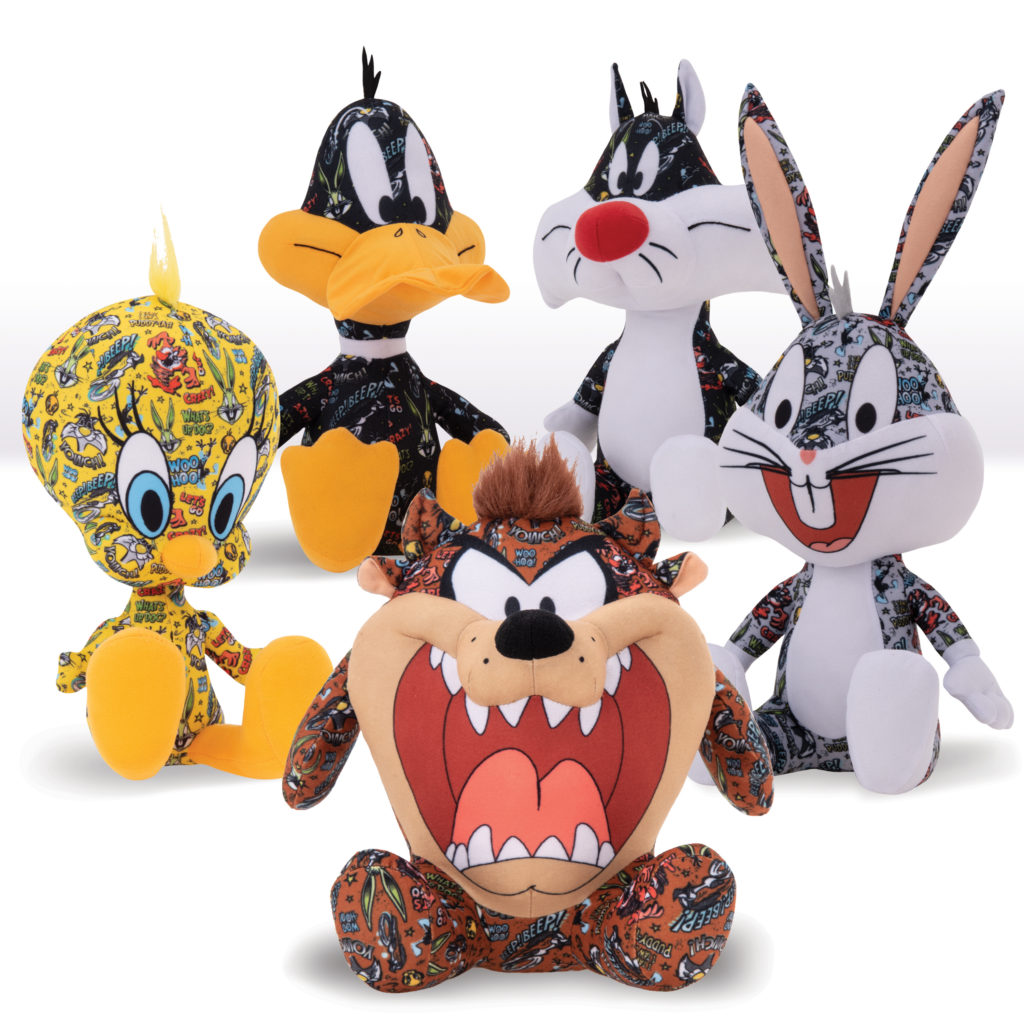 “Customers like to have the product 4-6 weeks in advance of the release date, and we do our best to meet their expectations.” So far in 2022, the company has secured movie rights for Sonic 2, Bob’s Burgers and Jurassic World Dominion.
“Customers like to have the product 4-6 weeks in advance of the release date, and we do our best to meet their expectations.” So far in 2022, the company has secured movie rights for Sonic 2, Bob’s Burgers and Jurassic World Dominion.
With the growth of the company over the past 23 years came the growth of its overall operations. Toy Factory started off with less than 5,000 sq. ft. of warehouse space but has since expanded into two warehouses strategically placed on the East Coast and South-Central U.S.
“Our Pennsylvania warehouse is able to quickly serve the Jersey Shore accounts, theme parks and carnivals throughout the area during the critical peak season,” said Sid Karmia, the company’s vice president. “Our Texas facility tends to concentrate on accounts in the South, Southeast, Midwest and West Coast.”
Recently inducted into the IISA Hall of Fame, the veteran also knows the importance of timing when it comes to outdoor venues. “We often refer to our carnival accounts as ‘moving targets’ and recognize that for them to have a successful show we must meet their delivery requirements,” he added. “Having two facilities certainly helps alleviate the pressure.”
Toy Factory currently boasts one of the largest production operations in the United States and stuffs every toy 16” and larger in both facilities. The ability to import plush in the form of a “skin” and convert it into a finished product saves thousands of dollars over the course of a year and gives the company a strategic advantage over most competitors, Karmia declared.
“Everyone wins when we’re able to keep prices down as much as possible,” Karmia said. “This is exactly what we accomplish each day by having our own stuffing plant.”
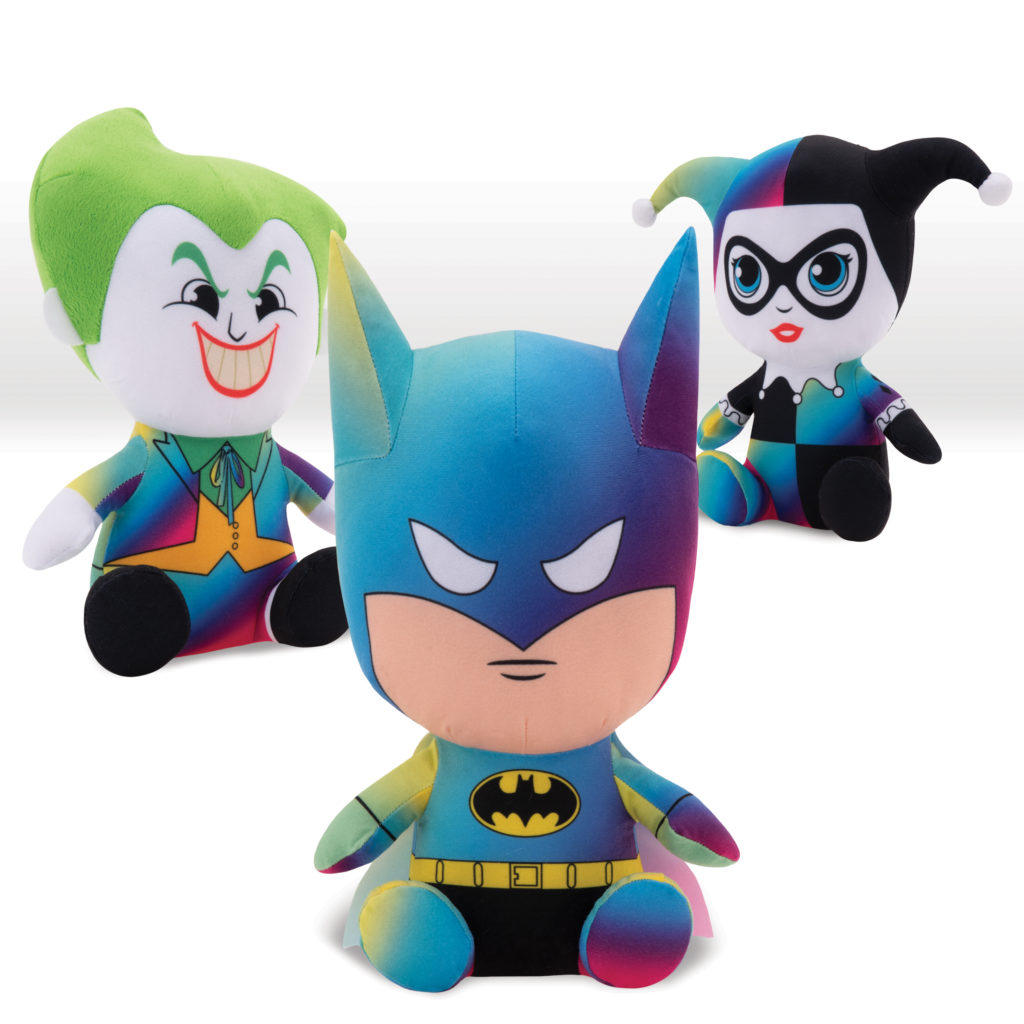
Looking Ahead
Despite supply chain disruptions and other challenges currently facing today’s global economy, the company remains optimistic that the industry will return to normal soon. For this reason, Toy Factory continues with their business-as-usual approach in 2022.
“From a development standpoint we never fully hit the pause button during the pandemic, and we certainly haven’t today,” Gawlik noted. “Our creative team is always actively looking for ways to enhance our plush line by sourcing new patterns, designs and materials we think will appeal to our audience.”
The company recently introduced a Gradient and Sticker Bomb series of some of their licenses such as Looney Tunes, DC Comics and Sonic. They premiered several items at IAAPA Expo last year that received an “incredible reaction.”
“Not only were customers excited to see new product in the market, but they really appreciated our commitment to move forward regardless of the future and past uncertainly,” Gawlik said. “I wouldn’t say we completely ignore market conditions, but we do have confidence in our product line and the industry as a whole.”
The company is soon expected to announce newly-acquired licenses that will debut in Spring 2023. For a current list of their product offerings, you can visit their website at shop.thetoyfactory.biz.

